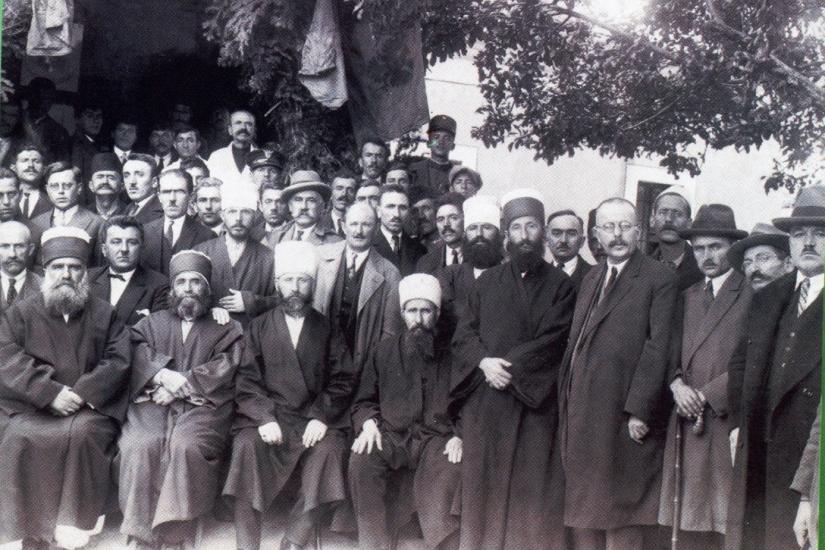
The second half of the 19th century and the first half of the 20th century were periods of tremendous political and social changes within the Ottoman lands and the successor states. Sufism, that is Islamic mysticism, as beliefs, practices, and social organizations, sometimes has been seen within this context, as a getting lost tradition, an unchanged remnant of the past, mainly because of the dominant position of (religious and non-religious) reformist discourses. However, we should look at Sufism and Sufi brotherhoods as transformed and reshaped by the global transformations, as well as agents participating in these processes. In the case of Bektashism, one of the Sufi paths holding a peculiar position in the Ottoman politico-religious landscape (especially by a ban in 1826 and by rather “heterodox” positioning), this reshaping process was very much marked by transformations in three spheres: governmentality; knowledge; and politics. With the end of the Empire, the trajectory of the brotherhood diverged in the two post-Ottoman countries where it was widespread (Albania and Turkey), because of the political contexts that led in the first case to institutionalization, and in the second case to a ban. However, in both cases, it seems that similar tensions appeared within the Bektashi networks around the issue of authority.
For the Zoom link, click here.
Nathalie CLAYER is professor at the EHESS and a senior research fellow at the CNRS-CETOBaC (Paris). Her main research interests are religion, nationalism and state-building process in the Ottoman and post-Ottoman space. Her publications include Aux origines du nationalisme albanais (Karthala, 2007), L’autorité religieuse et ses limites en terres d’islam (Brill, 2013), co-edited with Alexandre Papas and Benoît Fliche, Mystiques, Etat et société. Les Halvetis dans l'aire balkanique de la fin du XVe siècle à nos jours (Brill, 1994), “The Bektashi Institutions in Southeastern Europe: Alternative Muslim Official Structures and their Limits”, Die Welt des Islams, 52 (2012), pp. 183-203, and “Sufi Printed Matter and Knowledge About the Bektashi Order in the Late Ottoman Period », in Rachida Chih, Catherine Mayeur-Jaouen and Rüdiger Seesemann (eds.), Sufism, Literary Production, and Printing in the Nineteenth Century (Ergon Verlag, 2015), pp. 351-367.